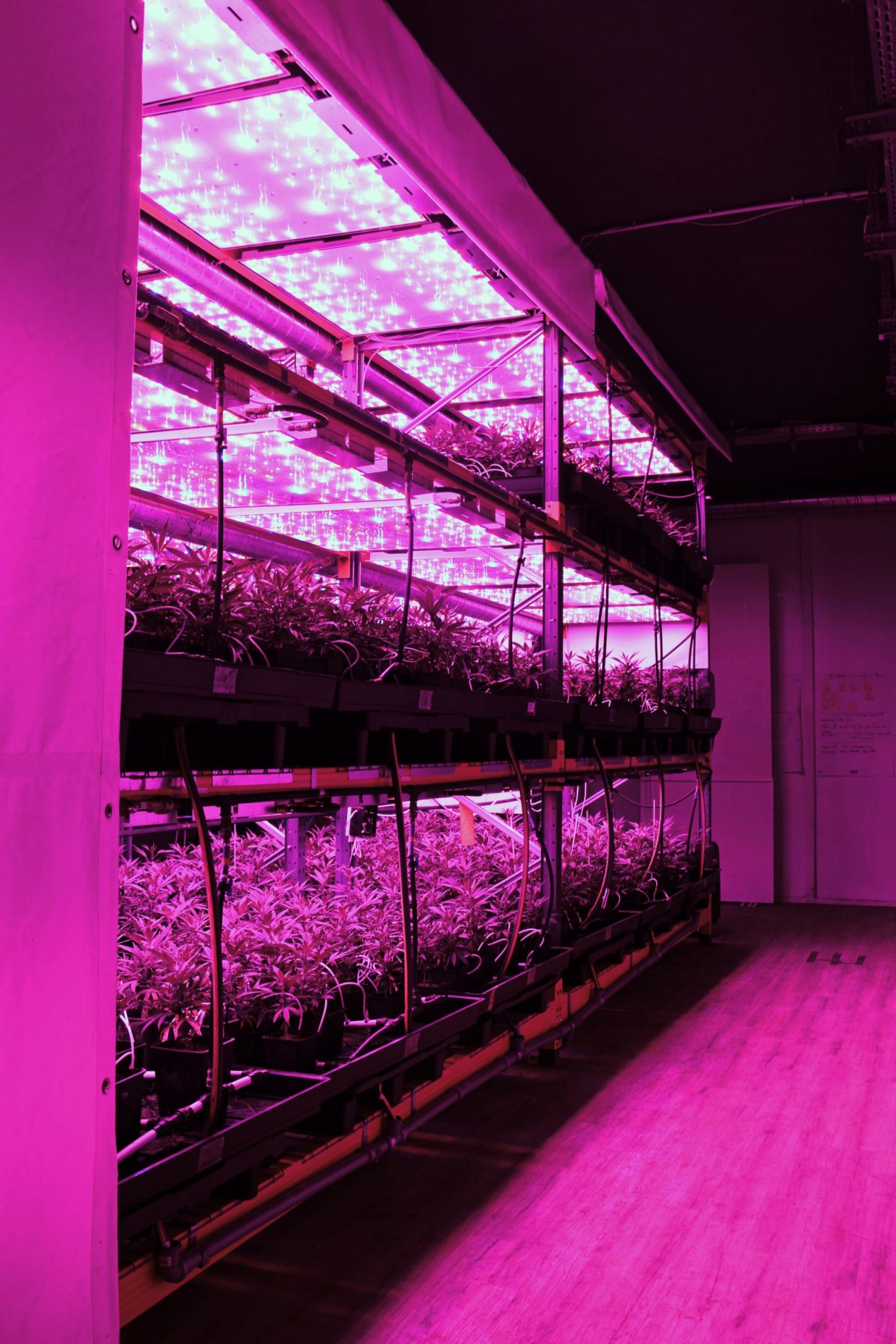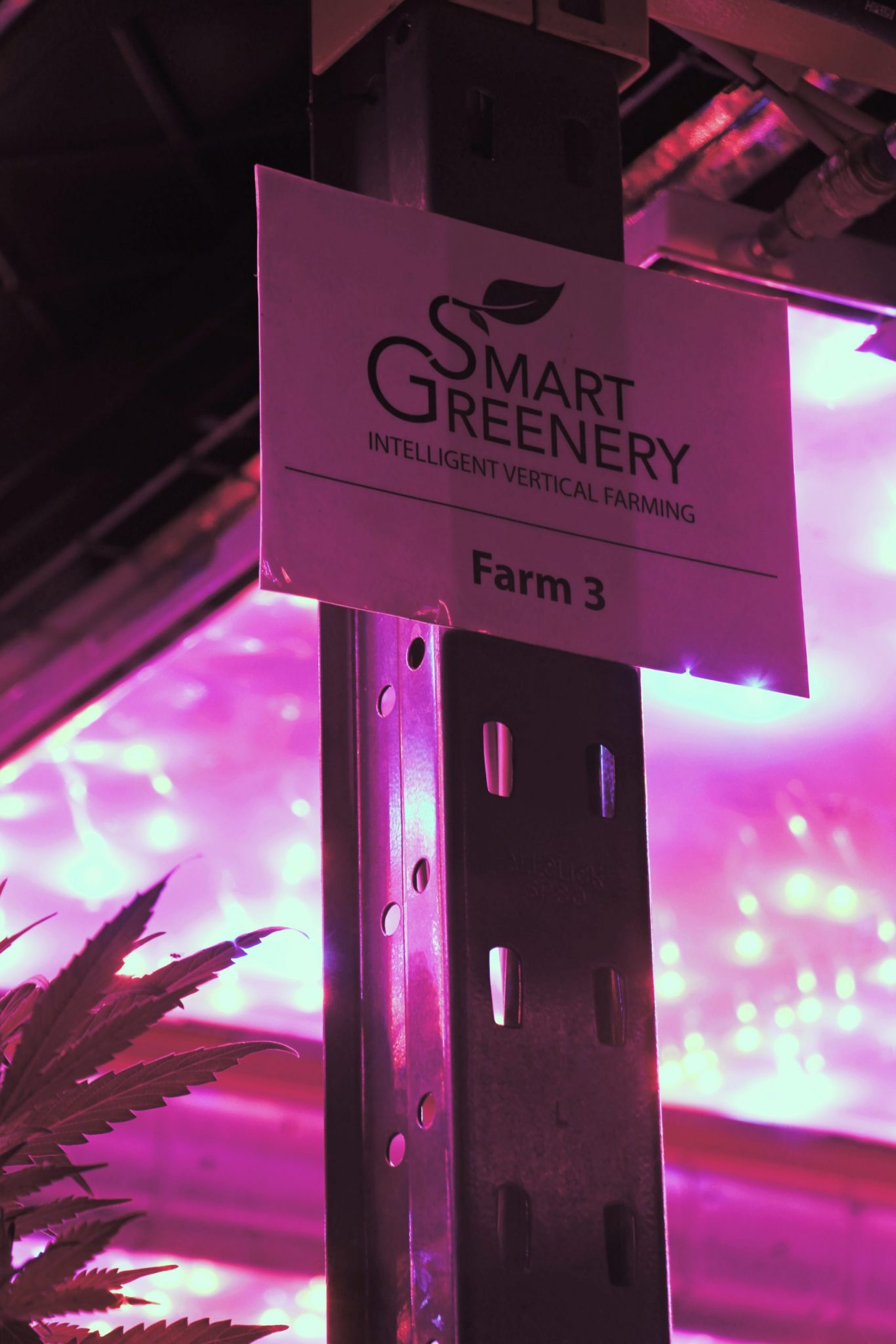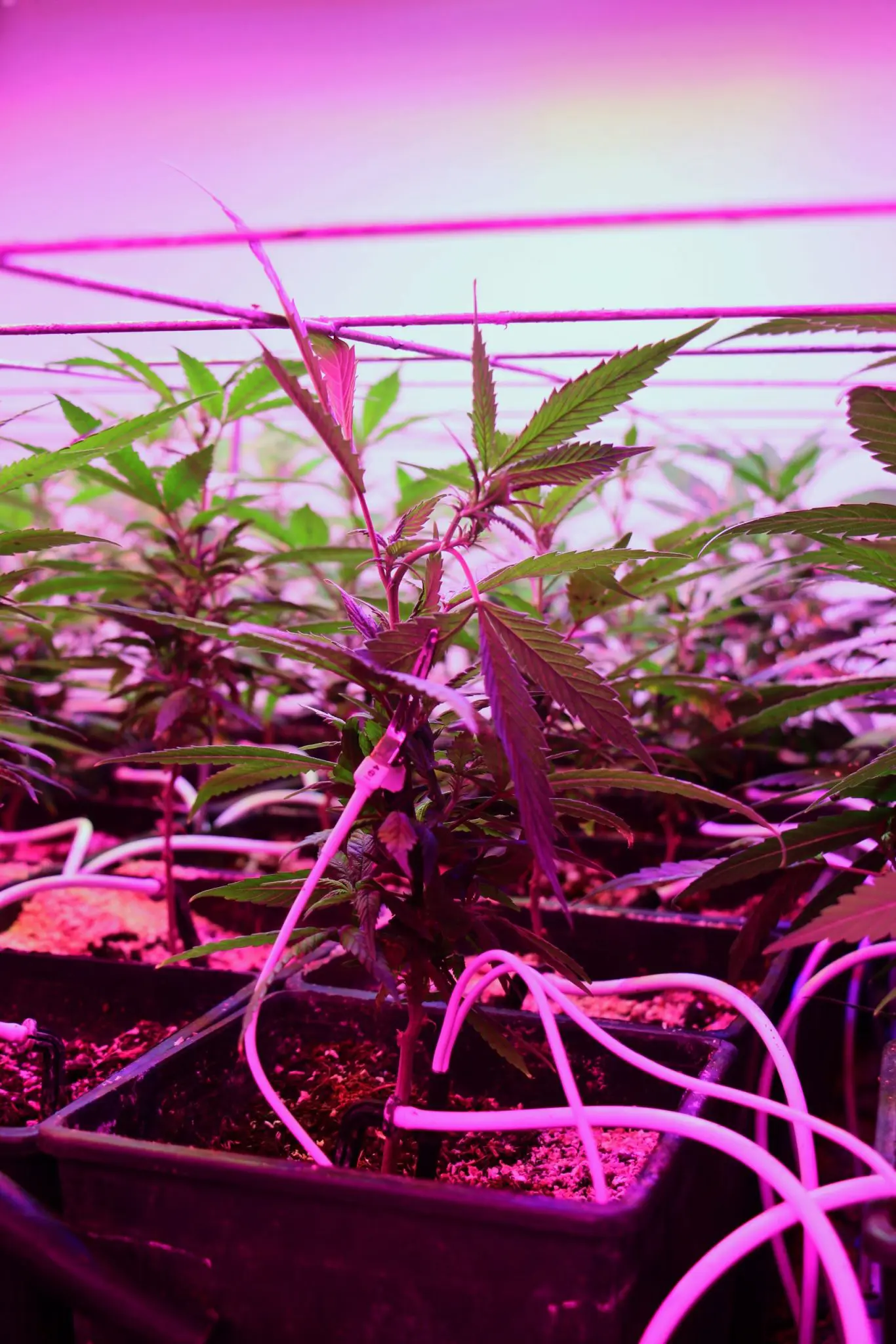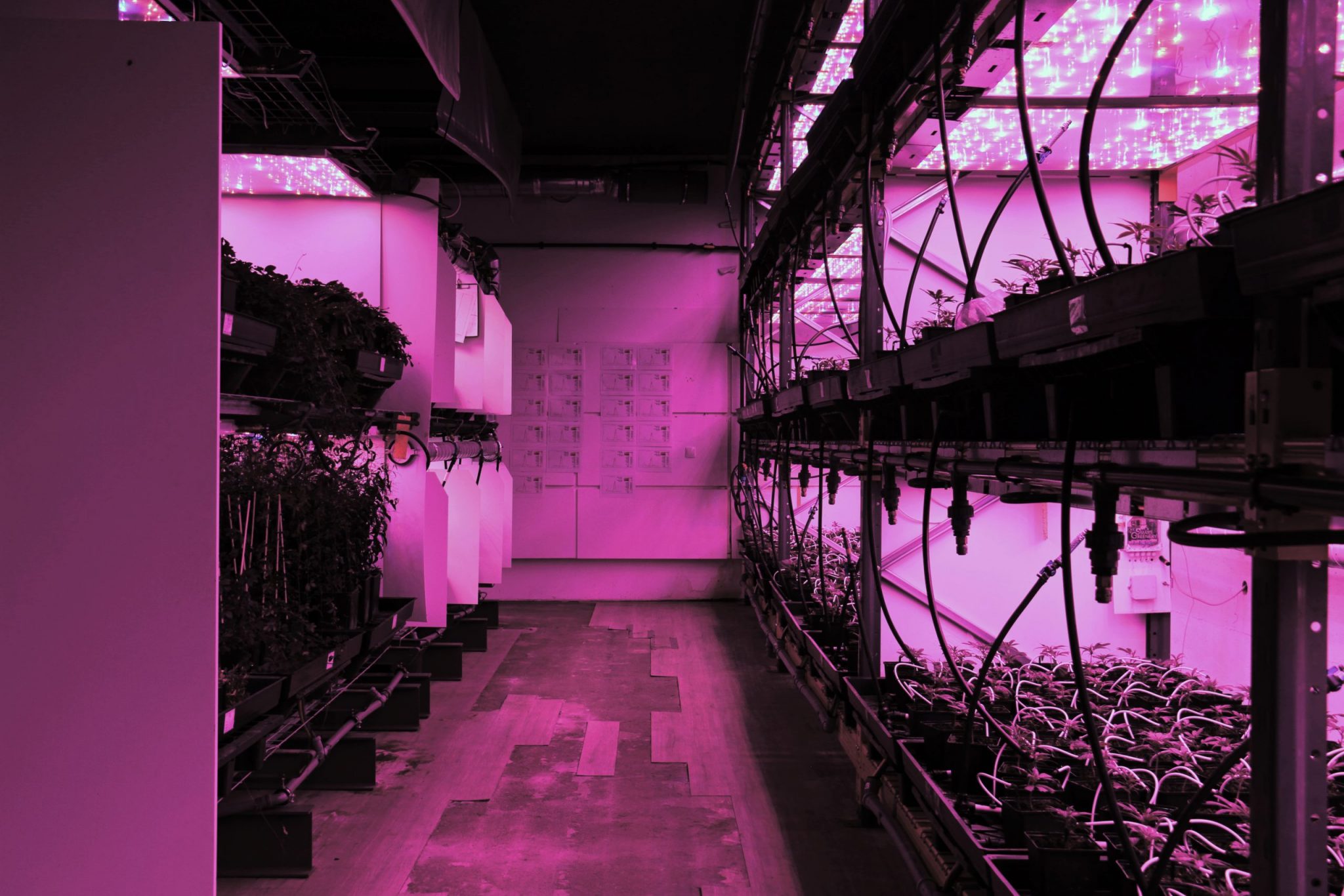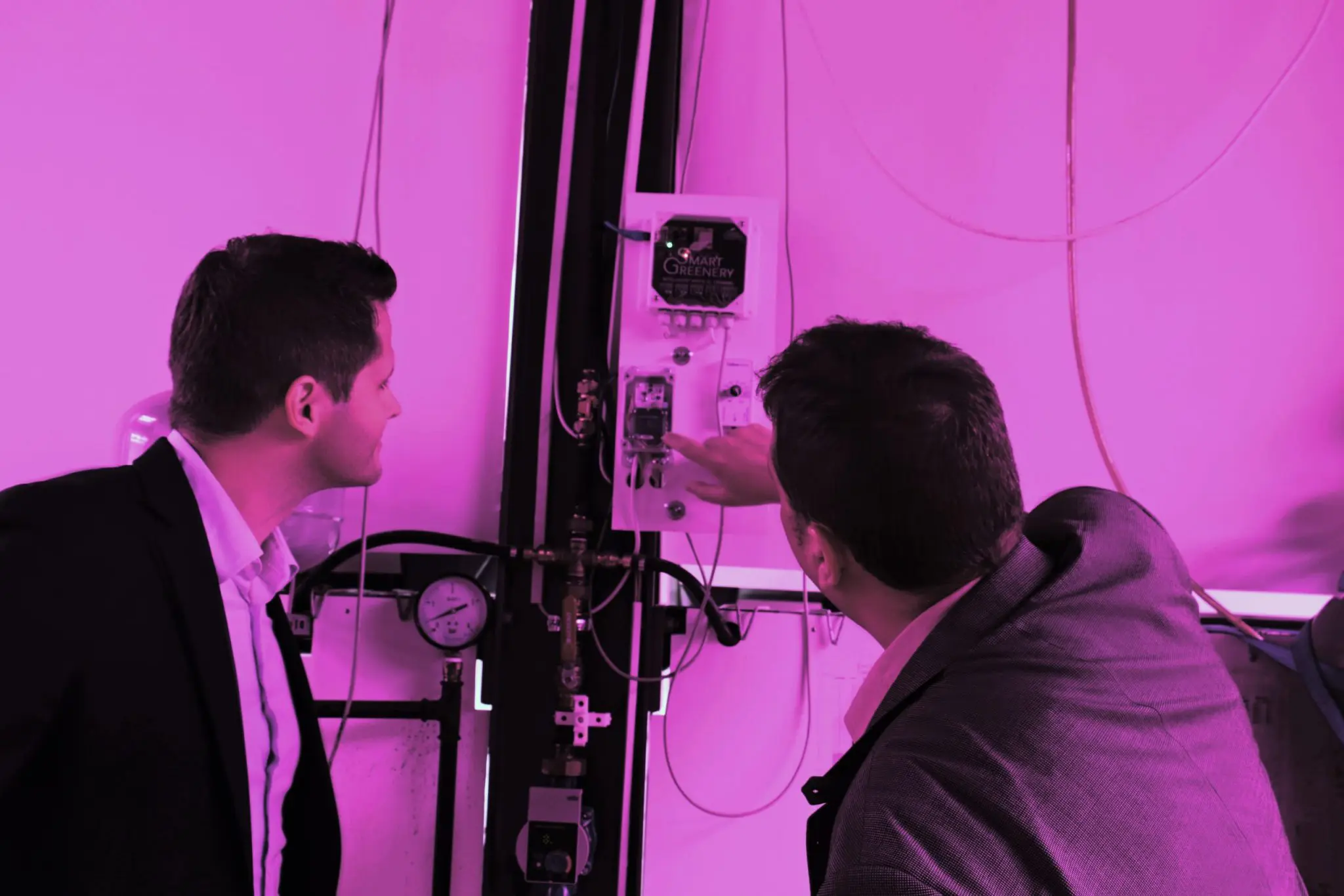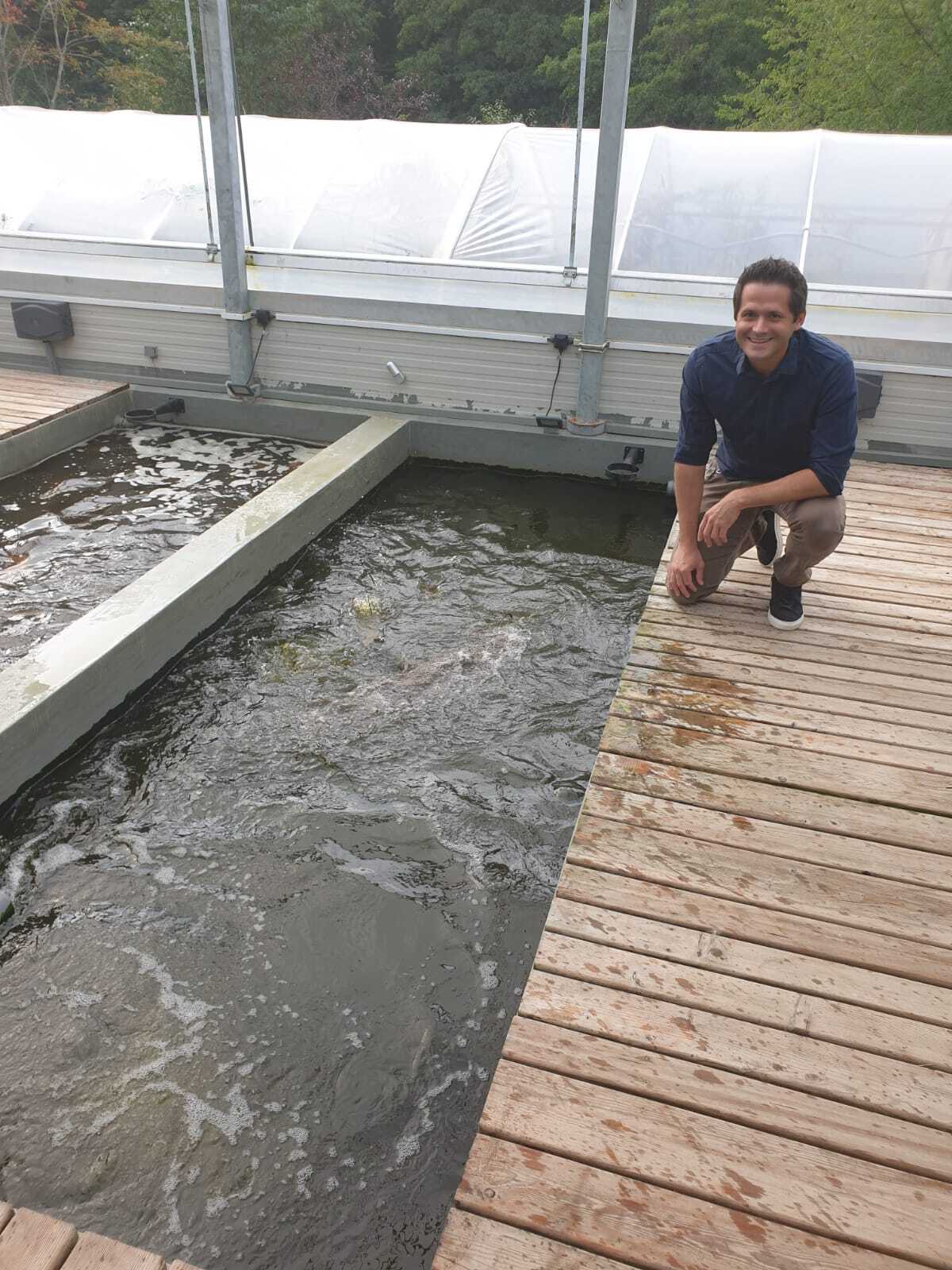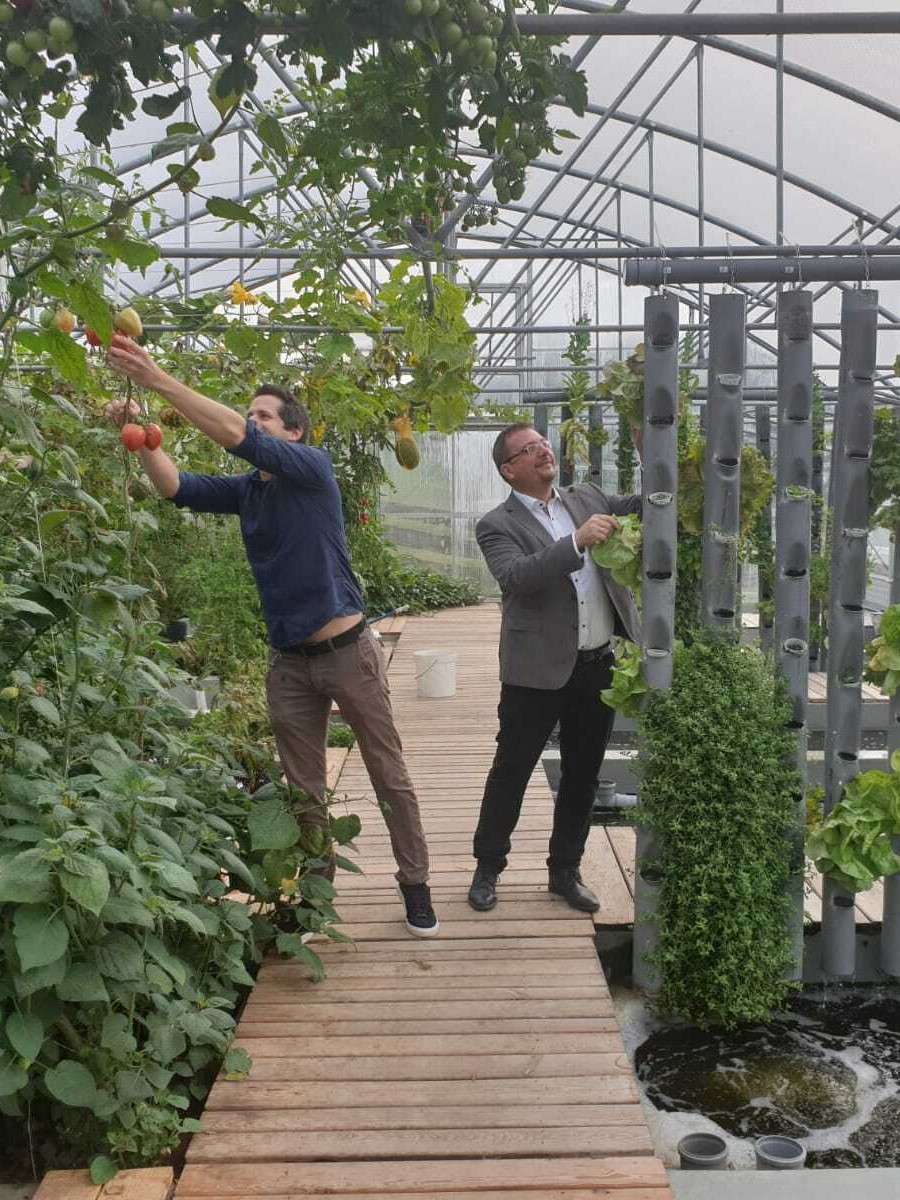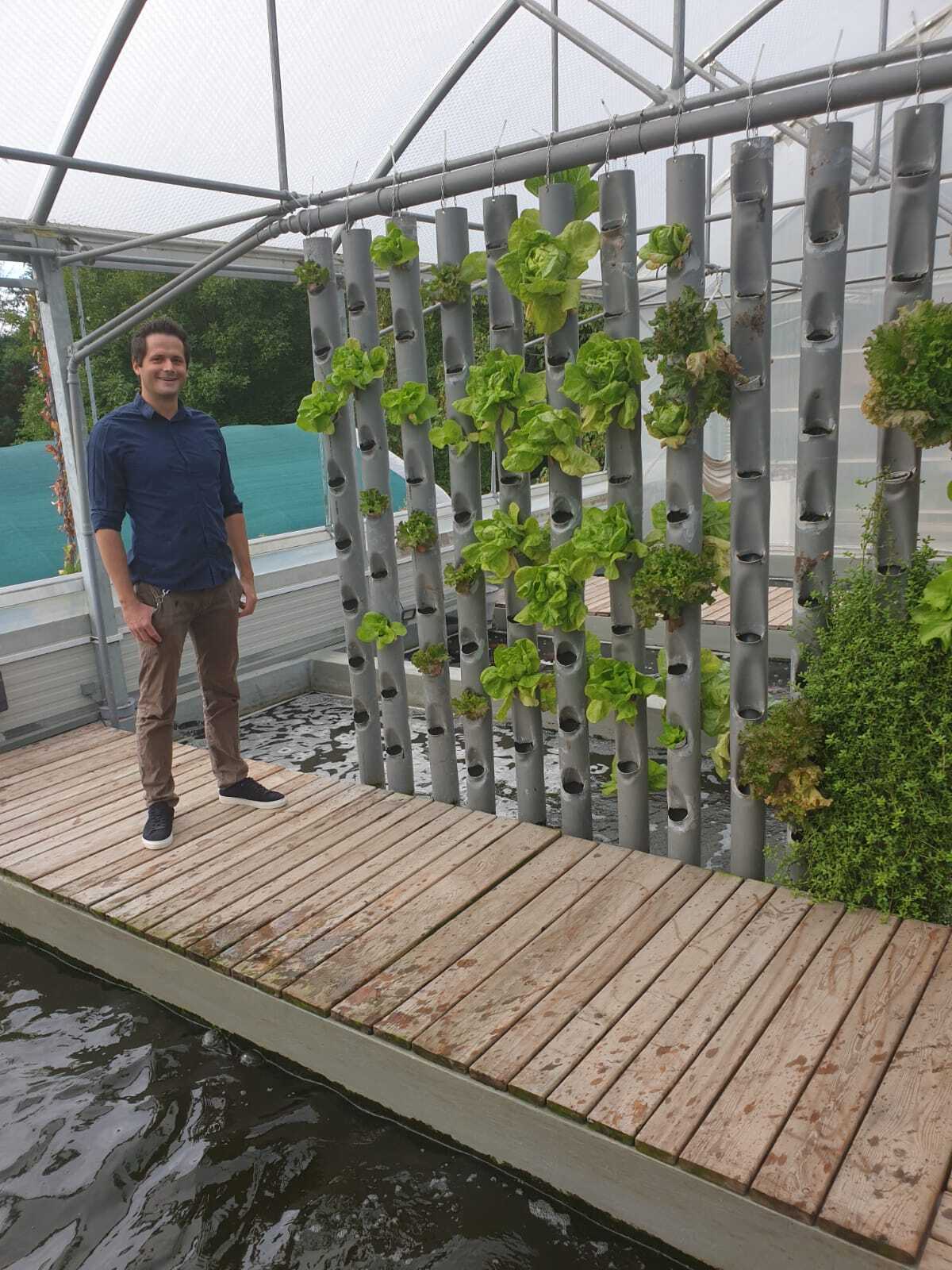What does the future of agriculture look like? Can digital innovations help to ensure security of supply and sustainability? Together with two Lower Austrian partners, the Research Studios Austria research company is developing initiatives in the field of Smart Farming – for a future-proof Agriculture 4.0.
Digitalisation has reached many sectors in recent years – in “Industry 4.0”, production steps are automated, systems are networked and processes are made more efficient. The agricultural counterpart to this is “Agriculture 4.0” or “Smart Farming”: here, digital technologies such as automated sensors, drones or artificial intelligence are used to optimise the use of resources and thus ensure greater sustainability.
Together with the Lower Austrian partners Smart Greenery and Anders Farm, the RSA FG is developing exciting initiatives to support sustainable cultivation and implement Industry 4.0 applications.
Smart Greenery: Medicinal Plants on the Vertical
On several levels and under a lot of pink light, Smart Greenery grows medicinal plants in Breitenfurt near Vienna. With media attention, many rows of hemp plants grow here that are optimised for their CBD content; however, Smart Greenery also has plants that help against stress, obesity or even COVID. The special feature here is the customised LED lamps that support plant growth and enable year-round cultivation. The active ingredient content of the plants is optimised by adjusting the light spectrum – while also saving energy by omitting spectra that are not needed. A water cooling circuit also ensures that components are protected and thermal energy is recovered.
The RSA FG is developing projects with Smart Greenery to use technologies such as artificial intelligence (AI), automatic control loops or natural language processing (NLP) to support this vertical farming. As is common in Industry 4.0, production steps are to be automated and AI applications help to detect any problems such as pests or growth problems at an early stage.
This will further maximise the farm’s output while saving resources: Vertical Farming at Smart Greenery reduces soil consumption and CO2 emissions, energy is recovered and reused. Soon, this circular economy will be further supported by digital intelligence.
Between fish and vegetables at the Anders Farm
Another kind of innovative and sustainable circular economy can be found at the Anders Farm in Altlengbach: fish are raised in aquaponics systems while vegetables grow above them. Nutrients for the plants come directly from the fish farming – this way resources are saved and “waste” is used.
Like the vertical farming described above, aquaponics can be a smart farming solution that combines high output with low pesticide and fertiliser use, thus protecting the environment and climate.
Together with Anders Farm, the RSA FG plans to use AI and machine learning to further increase the efficiency of these processes. Green data circles will help to evaluate the accumulating data and overcome specific challenges. The use of digital technologies should also make it possible to implement aquaponic systems on a large scale. – For feasible digital farming that can solve problems and is future-proof.


